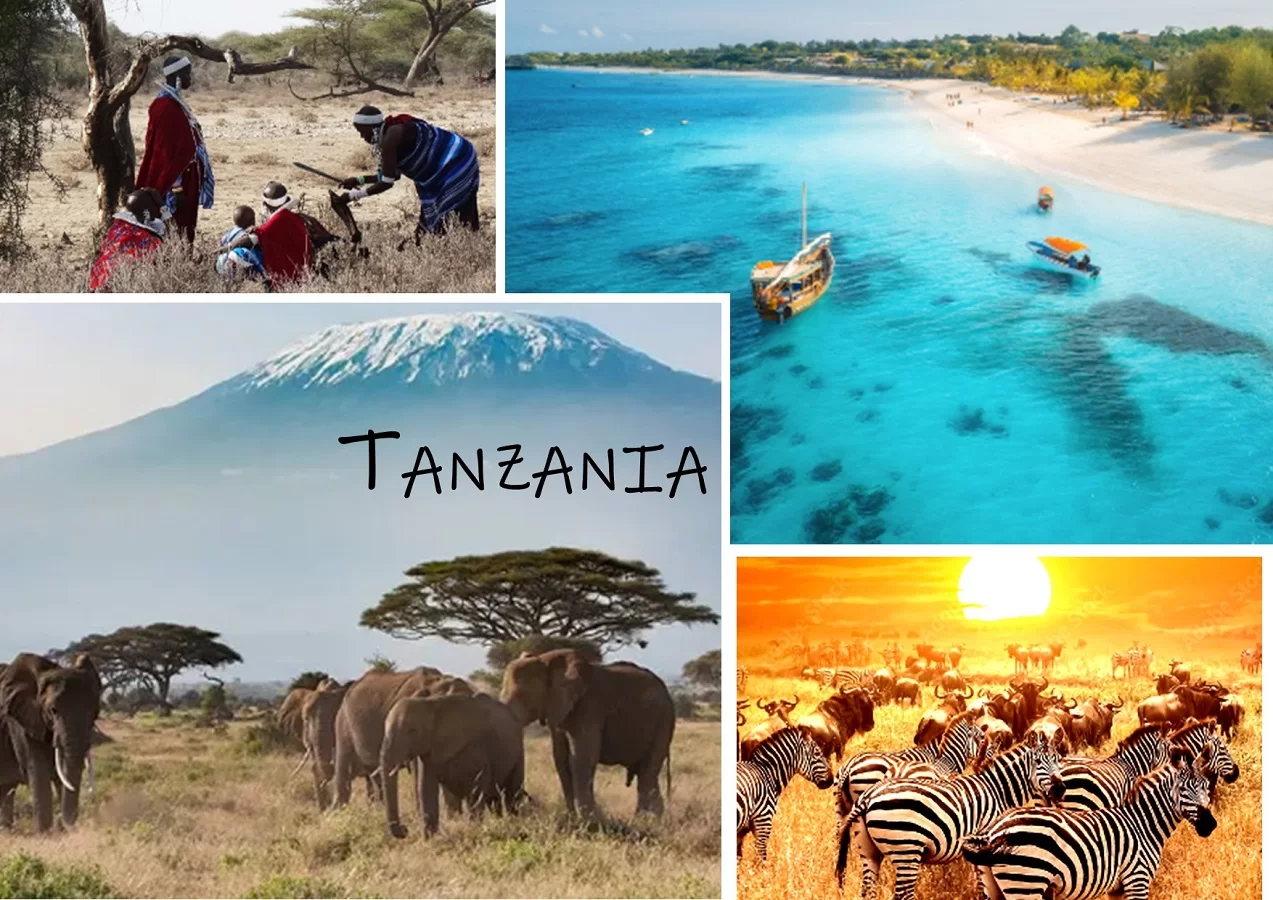Tanzania: The Ultimate Safari Epicenter & Island Paradise
Why Tanzania is a World-Class Destination:
Tanzania is a country of colossal scale and iconic African grandeur, a destination that consistently fulfills and often surpasses the wildest safari dreams. It is home to an astonishing concentration of wildlife and some of the planet's most breathtaking natural wonders. The very name "Serengeti" evokes images of endless grass plains teeming with millions of animals – a reality that unfolds dramatically during the Great Wildebeest Migration, an unparalleled natural spectacle that sees vast herds of wildebeest, zebra, and gazelle undertake their perilous annual journey. Adjacent to this, the Ngorongoro Crater, a UNESCO World Heritage site, stands as a self-contained Eden, a massive unbroken caldera sheltering an incredible density of wildlife, including the endangered black rhinoceros. Tanzania also proudly hosts Africa's highest peak, the majestic, snow-capped Mount Kilimanjaro, a dormant volcano that lures adventurers from around the globe to conquer its summit.
The country's commitment to conservation is evident in its vast network of national parks and game reserves, which cover nearly a third of its landmass, ensuring pristine wilderness experiences. Beyond the northern circuit's famous parks, Tanzania offers vast, remote wilderness areas in the south and west, like Selous (Nyerere National Park) and Ruaha, providing a more off-the-beaten-path safari experience. But Tanzania's appeal doesn't end with its terrestrial wonders. The Zanzibar Archipelago, with its main islands of Unguja (Zanzibar) and Pemba, offers an exotic escape into a world of spice-scented breezes, historic Stone Town (another UNESCO site with labyrinthine alleys and rich Swahili-Omani culture), and idyllic white-sand beaches lapped by the azure waters of the Indian Ocean. This seamless blend of thrilling wildlife encounters, challenging adventures, profound cultural heritage, and blissful beach relaxation makes Tanzania an incredibly diverse and deeply rewarding destination, catering to a wide array of interests and offering a truly comprehensive African journey.
A Universe of Activities: What to Do in Tanzania:
Tanzania's sheer size and diversity translate into an extraordinary array of activities for every visitor.
Witnessing the Great Wildebeest Migration (Serengeti): This is arguably Africa's most famous wildlife spectacle. Depending on the time of year, witness hundreds of thousands of wildebeest and zebra calving on the southern plains (December-March), dramatic Mara River crossings in the north (July-October), or the vast herds spread across the central Serengeti. Game drives are the primary way to experience this phenomenon.
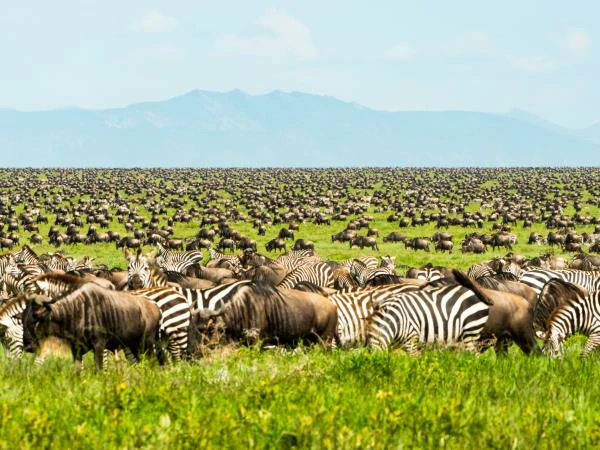
Climbing Mount Kilimanjaro: "Kili" is Africa's highest mountain (5,895m) and the world's tallest free-standing mountain. Various routes (Machame, Lemosho, Marangu, etc.) cater to different fitness levels and timeframes, leading trekkers through diverse ecological zones from rainforest to alpine desert and a glacial summit. Reaching Uhuru Peak at sunrise is an unforgettable achievement.
Exploring the Ngorongoro Crater: Descend 600 meters to the floor of this massive, intact volcanic caldera. Game drives here offer an incredible concentration of wildlife, including lions, elephants, hyenas, and one of the best chances in East Africa to see the endangered black rhino. The crater is also home to Maasai communities who graze their livestock alongside the wildlife.
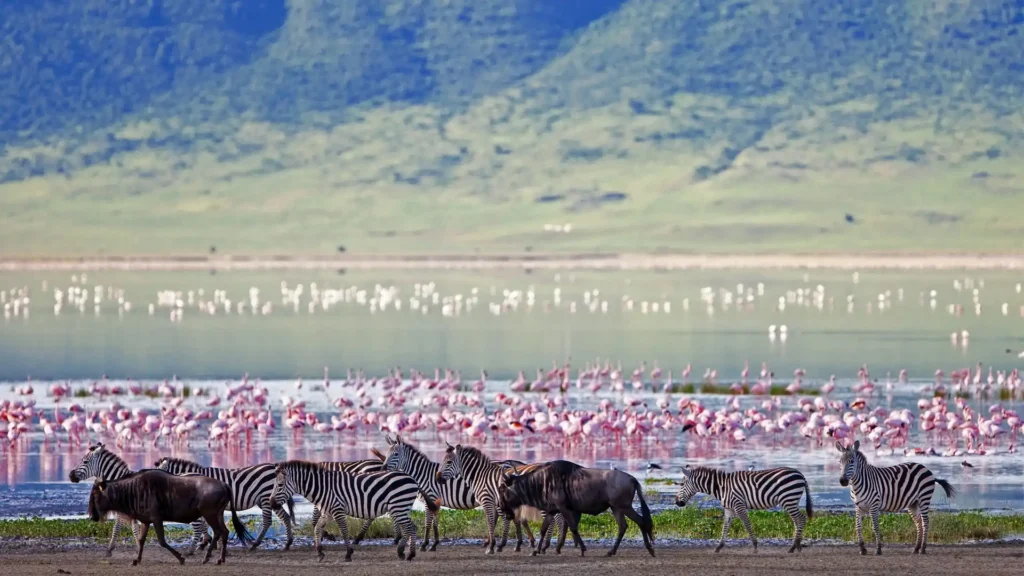
Classic Wildlife Safaris in Diverse Parks: Beyond Serengeti and Ngorongoro, Tanzania offers incredible game viewing. Tarangire National Park is famed for its massive elephant herds, iconic baobab trees, and excellent birdlife, especially during the dry season. Lake Manyara National Park is known for its tree-climbing lions (though not always seen), diverse birdlife including flamingos, and groundwater forest. The southern parks like Nyerere National Park (formerly Selous) and Ruaha National Park offer more remote and wilder safari experiences with opportunities for boat safaris and walking safaris.
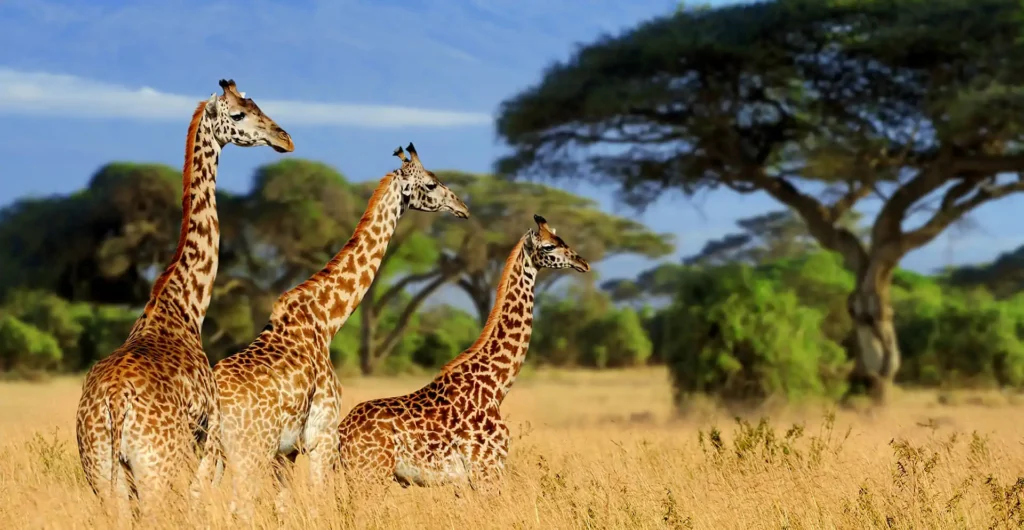
Beach Bliss & Cultural Exploration in Zanzibar: The "Spice Island" of Zanzibar (Unguja) offers a perfect post-safari escape. Relax on stunning beaches like Nungwi, Kendwa, and Paje. Explore the historic Stone Town, a UNESCO World Heritage site, with its labyrinthine alleys, intricately carved Zanzibari doors, bustling markets, former slave market, and the House of Wonders. Take a spice tour to learn about the cloves, nutmeg, cinnamon, and other exotic spices grown on the island. Enjoy world-class snorkeling and diving at reefs like Mnemba Atoll.
Primate Trekking (Mahale & Gombe): For a unique experience, venture to the remote western parks. Gombe Stream National Park is where Jane Goodall conducted her pioneering chimpanzee research. Mahale Mountains National Park, also on the shores of Lake Tanganyika, offers arguably the best chimpanzee trekking experience in Africa, with habituated groups in a stunning forested mountain setting.
Diving & Snorkeling (Mafia & Pemba Islands): Mafia Island, south of Zanzibar, is part of a protected marine park and offers exceptional diving and snorkeling, especially for whale shark encounters (seasonal, typically October to March). Pemba Island, north of Unguja, is less developed and renowned for its pristine reefs and incredible wall dives.
Cultural Encounters with Indigenous Tribes: Interact with Tanzania's diverse ethnic groups. Visit Maasai bomas (villages) to learn about their pastoralist lifestyle and traditions. Encounter the Hadzabe people near Lake Eyasi, one of the last hunter-gatherer tribes in Africa, and learn about their ancient survival skills. Interact with the Datoga people, skilled blacksmiths.
Hot Air Balloon Safaris (Serengeti & Tarangire): Experience the vastness of the Serengeti or the unique landscapes of Tarangire from above with a dawn hot air balloon flight, typically followed by a champagne breakfast in the bush.
Historical & Archaeological Exploration: Visit Olduvai Gorge (or Oldupai Gorge) in the Ngorongoro Conservation Area, a significant paleoanthropological site where some of the earliest hominin fossils have been discovered, providing crucial insights into human evolution.
Boating & Canoeing: Enjoy boat safaris on the Rufiji River in Nyerere National Park or on the lakes within Akagera (if doing a cross-border itinerary). Canoeing trips are sometimes available on smaller lakes like Lake Duluti near Arusha or Momella Lakes in Arusha National Park.
Premier Destinations: Where to Visit in Tanzania:
Serengeti National Park: Tanzania's flagship park, an immense ecosystem renowned for its annual wildebeest migration, vast treeless plains, "kopjes" (rocky outcrops), and exceptional predator concentrations. It's divided into several regions (Southern Plains, Seronera Valley, Western Corridor, Northern Serengeti), each offering different experiences depending on the season.
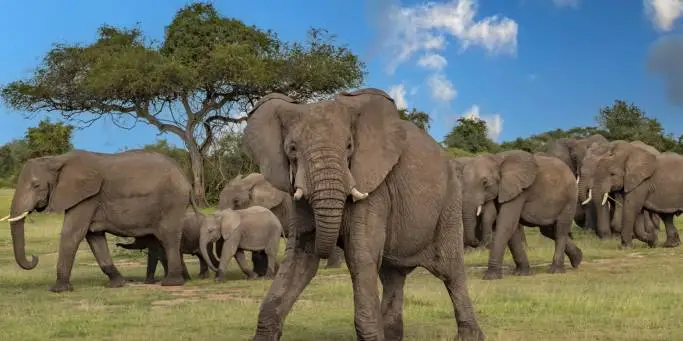
Ngorongoro Conservation Area (and Crater): A multi-use area where wildlife coexists with semi-nomadic Maasai pastoralists. Its centerpiece is the Ngorongoro Crater, a UNESCO World Heritage Site and a natural wonder, offering unparalleled wildlife density. The conservation area also includes Olduvai Gorge and the Empakaai and Olmoti Craters.
Mount Kilimanjaro National Park: Home to Africa's highest peak and a magnet for trekkers worldwide. The climb takes you through five distinct climate zones. Even if not climbing, the mountain's presence dominates the landscape of northern Tanzania.
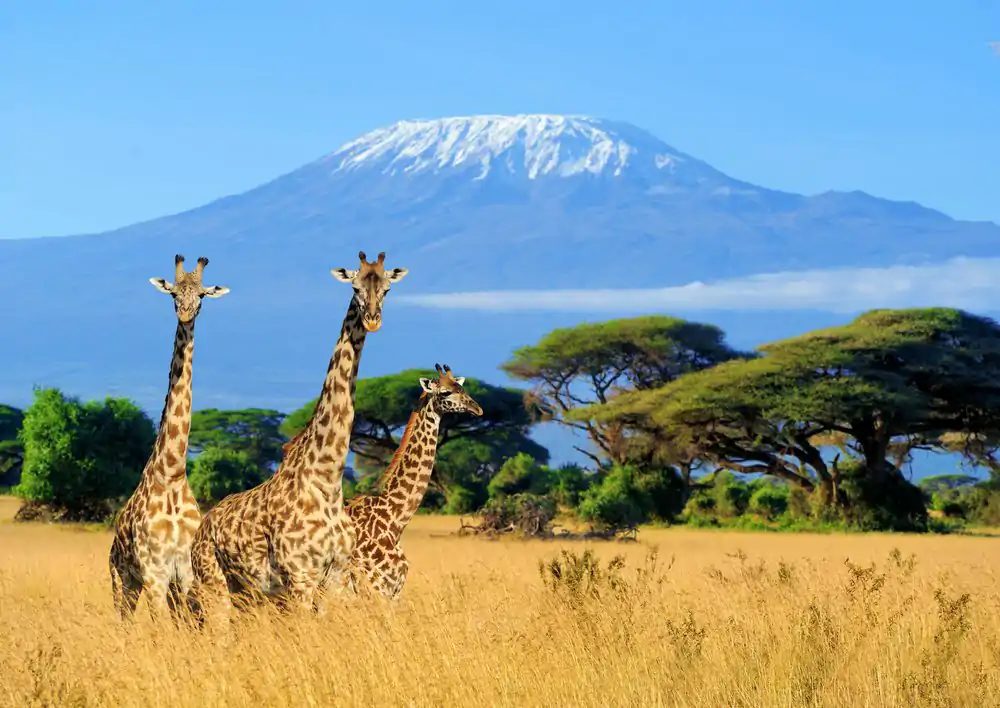
Zanzibar Archipelago (Unguja & Pemba): Unguja (commonly referred to as Zanzibar) is the main island, famous for Stone Town, spice tours, and stunning beaches. Pemba Island is hillier, greener, and less visited, offering a more off-the-beaten-path experience with exceptional diving.
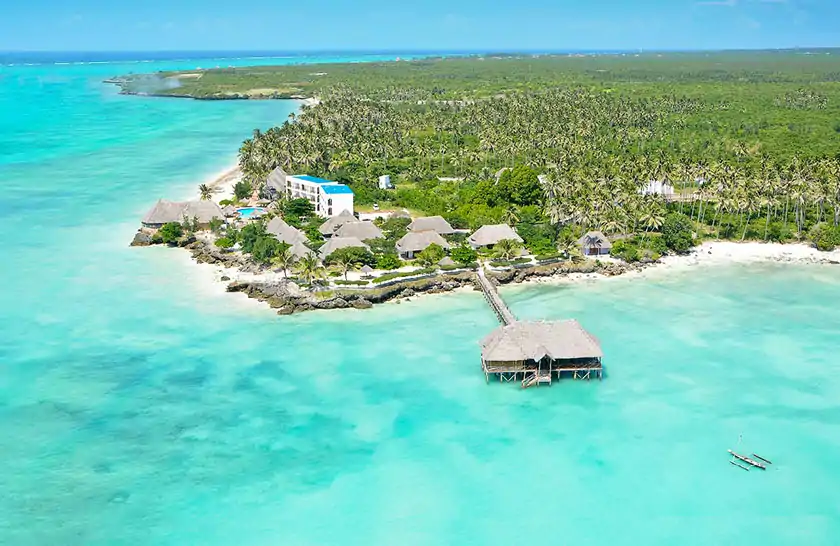
Tarangire National Park: Known for its large elephant population, iconic baobab trees, and the Tarangire River which acts as a magnet for wildlife during the dry season (June-October). It offers excellent birding and a slightly more intimate safari experience than the Serengeti.
Lake Manyara National Park: A compact park at the base of the Rift Valley escarpment. It's characterized by its alkaline lake (often with flamingos), groundwater forest, acacia woodlands, and populations of elephants, hippos, and its famous, though elusive, tree-climbing lions.
Nyerere National Park (formerly Selous Game Reserve): Africa's largest game reserve, located in southern Tanzania. It offers a wilder, more remote experience with opportunities for boat safaris on the Rufiji River, walking safaris, and fly camping. It's known for its large populations of elephants, wild dogs, and hippos.
Ruaha National Park: Tanzania's largest national park, situated in the remote southern-central part of the country. It's known for its rugged, dramatic landscapes, the Great Ruaha River, and exceptional biodiversity, including large prides of lions, significant elephant herds, and diverse antelope species. It offers an exclusive and wild safari.
Mahale Mountains National Park & Gombe Stream National Park: Located on the shores of Lake Tanganyika in western Tanzania. These remote, forested parks are prime destinations for chimpanzee trekking. Mahale is particularly renowned for its large habituated chimp communities and beautiful lakeside setting.
Mafia Island Marine Park: South of Zanzibar, this protected area offers some of the best diving and snorkeling in East Africa, including seasonal encounters with whale sharks. It's a quieter alternative to Zanzibar for marine enthusiasts.
Arusha Town: The gateway to the northern safari circuit. It's a bustling town nestled at the foot of Mount Meru. Arusha National Park, located nearby, offers canoeing, walking safaris, and views of Mount Meru and often Kilimanjaro.
Lake Eyasi: Located south of the Serengeti, this soda lake is home to the Hadzabe (Hadza) and Datoga tribes, offering unique cultural interaction opportunities.

